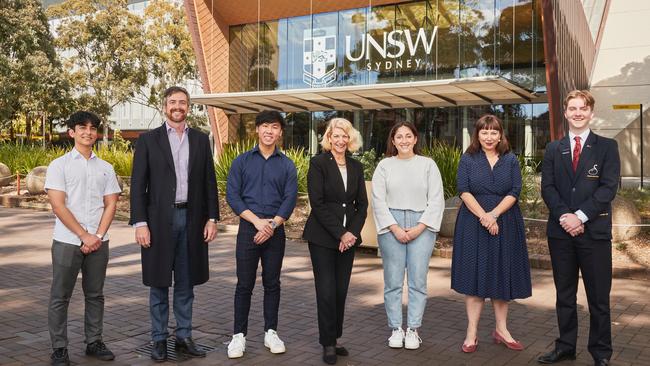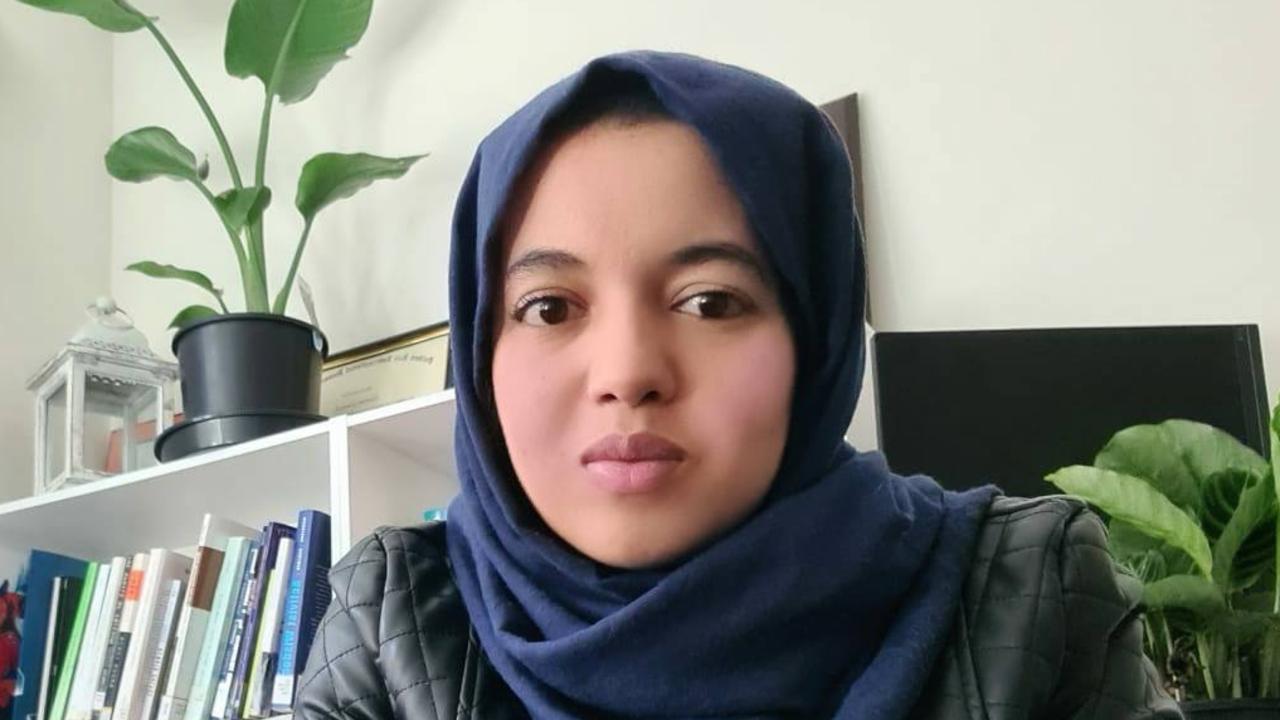UNSW is striving to remove the barriers to higher education faced by many

The announcement by Education Minister Jason Clare of an additional 20,000 university places for students who face disadvantage will change lives.
The social and economic successes of the individual, the community and the country are built on the transformative power of education. To meet the challenges of the next decade, Australia needs to draw on the strengths and aptitudes of our entire nation.
The reality that many Australians face systemic barriers to a university education means we are failing as institutions whose core mission is to serve all society and to educate individuals from all communities, not just the privileged.
Under-represented students in higher education, low-SES have an access rate of 17.31 per cent nationally in 2020, according to the Department of Education, Skills and Employment.
While this is closer to the 20 per cent by 2020 recommended in the 2008 Bradley review, Group of Eight universities, of which the University of NSW is one, have an average low-SES access rate of just 9.68 per cent.
These students, who aspire to attend university as much as those already well represented, encounter structural impediments to doing so. These include inequalities in students’ educational opportunities, for example access to resources or facilities, and local high schools that do not offer the required breadth of subjects.
It is our responsibility to remove obstacles for under-represented students to access and fully succeed at university.
Another leading university, Stanford, implemented programs to remedy a lack of diversity. It argued that a student body reflective of the broader community improves educational outcomes for all students, including in intellectual engagement, interpersonal co-operation, critical thinking, creativity and problem-solving. In short, diversity breeds excellence.
In its first two years of operation (2020-22), UNSW’s Gateway Admission Pathway and Program has increased the percentage of under-represented students from 15 per cent to 18 per cent. But we must do more. We will expand GAPP to introduce a holistic model of support that ranges from increased school outreach, scholarships and subsidised residential accommodation to targeted academic support for transition from school to university.
Boosting scholarships is not enough and is counter-productive without the mechanisms to ensure that students are appropriately supported for success. UNSW will be the first Go8 university to provide a co-ordinated and overarching program with dedicated resources.
This all-encompassing approach is a genuine commitment to ensure UNSW’s undergraduate student body is representative of the diversity of Australian society.
A whole-of-institution pledge is what is required to put our university on track to achieve a 25 per cent equity access rate during the next five years. This goal is ambitious and fundamental for Australia’s future. Exclusion from higher education because of lack of opportunity is antithetical to the egalitarian country we pride ourselves on being.
Any argument that enrolling students from under-represented cohorts may threaten academic standards is dismantled by evidence of students from under-represented backgrounds and schools performing as well in university studies as their undergraduate peers when properly supported.
In the UK, for example, the Realising Opportunities program began in 2009 and more than 4000 students considered “least likely to progress to higher education” have participated. Analysis shows that students in the program are more likely to enter research-intensive universities than a comparator group at similar schools and 83 per cent achieved a first degree compared with 66 per cent of students nationally.
Our message to students is that UNSW recognises your capability regardless of your financial circumstances or which school you go to, and we will support you to succeed at university. We stand on our record of having the highest rate of success for under-represented students in the country.
We have held the top spot nationally for undergraduate low-SES student success since 2011, and in 2020 were top nationally for undergraduate equity cohorts.
As Australia recovers from the ravages of the pandemic, a diversity of experience and education is essential, and the role of the higher education sector has never been more clearly defined. Part of that recovery includes skilling, reskilling and upskilling our workforce in areas identified by Clare as experiencing shortages, such as health, education, engineering and technology.
UNSW’s 1949 founding act created us specifically as the university for all in NSW – inclusive, and providing skills society lacked after World War II. We have a long history of supporting students to achieve in crucial and challenging disciplines required for nation building, sovereign capability, health, science and social sciences.
But we will realise every person’s equal right to education only by addressing the gap in educational outcomes that is so heavily linked to socio-economic status.
We must acknowledge universities – especially the more prestigious institutions – have not done enough to ensure equitable access to higher education as society has changed.
Australia’s universities have the knowledge, the mandate and the willing partner in government to bring about a new era of inclusion and participation in higher education. It is time we all step up.
Attila Brungs is vice-chancellor and Eileen Baldry is deputy vice-chancellor (equity, diversity and inclusion) at the University of NSW.


